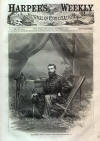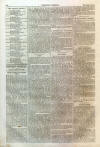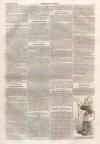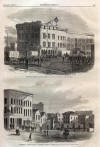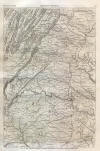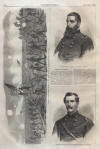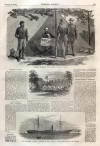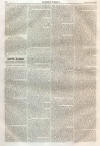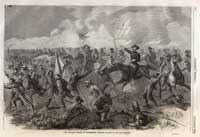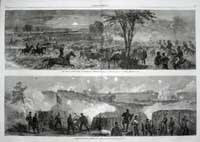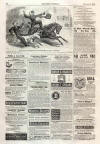General Sherman in Camp
|
|
This Site:
|
OCTOBER 8, 1864.] HARPER'S WEEKLY. 653 GENERAL SHERMAN'S FLY.—[SKETCHED BY THEODORE R. DAVIS.]VIEW OF GENERAL SHERMAN'S HEAD-QUARTERS.--[SKETCHED BY THEODORE R. DAVIS.]COLONEL GROWERTHE late Colonel GROWER, whose portrait is given on page 652, and who was killed in the recent battle of Jonesborough, was a native of Brooklyn, New York. At the beginning of the war he held a responsible position in the Metropolitan Bank of this city ; but his patriotism induced him to enter the ranks of the Seventeenth New York Volunteers, under Colonel LANSING. From Captain he was soon promoted to Major, and finally from Major to Colonel. After the term of the regiment expired he reorganized it, and was sent to the West. He had been severely wounded, yet he entered upon the new campaign under General SHERMAN with all his original enthusiasm. When his regiment was ordered to Decatur, Alabama, after SHERMAN'S expedition into Mississippi last winter, he commanded a brigade. In August, 1864, his command was ordered to the front, and formed part of the storming party which carried the enemy's works at Jonesborough. It was here, while leading his command in a spirited onset, that he was killed. Although only twenty-five years of age his rapid promotion indicated rare soldierly ability which would have doubtless met still higher awards of honor had his life been spared. He has received, however, the highest award which the soldier ever asks, that of dying on the battle field while fighting for his country's honor. THE " GEORGIA."WE give on this page a sketch of the Confederate Privateer Georgia, which was captured by Captain WYTHECOMBE, of the United States frigate Niagara, August 24, 1864. The Georgia is a screw steamer. Since it was employed as a belligerent vessel in the destruction of American commerce it has been sold to Mr. E. BATES, a shin-owner of Liverpool. Mr. BATES having purchased the ship she was chartered by the Portuguese Government to convey passengers between Lisbon and the African coast of the West Indies. She had been dismantled for this purpose, and was under orders from Lisbon, sailing under the British flag at the time of her capture by Captain WYTHECOMBE. The crew of the Georgia was landed at Dover, and the vessel itself sent to this country for the purpose of adjudication in a prize court. ATLANTA.
WE give on this page, and on
pages 545 and 652, sketches of ATLANTA and
SHERMAN'S HEAD-QUARTERS at Atlanta and a sketch of his FLY.The two views of Atlanta given on page 645 represent different portions of the city, one of them being a view of the city as the spectator stands on Whitehall Street, and the other of Whitehall Street itself, which is the principal business thoroughfare of the city. The view from Whitehall shows the Georgia Railroad Bank. Off to the right is the Railroad Depot; and Trout House is visible in the distance. In the view of Whitehall Street itself the large corner building is one now used by the Twenty-third Corps as a hospital ; it was formerly used by the rebel army as a signal station. Atlanta has long been considered one of the principal centres of refinement in the South. A good proportion of its population was from the North. The sketch on page 652 represents the charge of the Federal troops on the rebel works at Jonesborough, and the capture of a portion of the rebel army. This post was defended by HARDEE and LEE. DAVIS'S Corps, the Fourteenth, was the main force engaged in the attack. Generals CARLIN and MORGAN, whose portraits we gave last week, led the advance. The two engravings on this page relate to General SHERMAN personally. One of them gives a view of the General's Head-quarters ; the other represents him sitting at his "Fly," engaged in correspondence or other details of an official character. MAJOR-GENERAL SHERIDAN.WE give on our first page a portrait of General PHILIP SHERIDAN, whose recent victories in the Valley of the Shenandoah have given us a foretaste of the glorious prospect awaiting the country of victory and peace. General SHERIDAN was born in Ohio in 1831 of Irish parentage. He graduated at West Point in 1853, with the rank of Brevet Second-Lieutenant, First Infantry. After two years' service at Fort Duncan, Texas, he was engaged in surveys in California for the Pacific Railroad, and was afterward one of the most prominent officers engaged in the adjustment of difficulties with the Indians in that vicinity. March 14, 1861, he was promoted to a Captaincy, and in the subsequent year became commander of the Second Brigade of the Cavalry Division of the Army of the Mississippi. After his victory over the rebel General CHALMERS before Corinth he was promoted to the grade of a Brigadier-General, and in BUELL'S advance upon BRAGG commanded the Eleventh Division of the Army of the Ohio. For distinguished service in the battle of Stone River he was appointed a Major-General December 31, 1862. Robust and energetic, yet skillful and cautious, he is one of our three great generals who has never met with defeat. With that rare instinct which never fails, GRANT saw that General PHILIP SHERIDAN was the man most fit to be intrusted with the most important and critical part of his combinations against the rebel capital, and appointed him to command the Middle Military Division of his army. The victories gained by SHERIDAN over EARLY in the week commencing September 19 are more important in their bearings than any series of operations since the war commenced. THE BATTLE OF WINCHESTER.THE engraving on page 644 illustrates one of the most spirited actions, and certainly the most imposing spectacle of this war. It will be remembered that SHERIDAN, after having got the Sixth Corps across the Opequan, was compelled to wait full two hours for the arrival of the Nineteenth, and as a consequence of this to form an entirely new plan (Next Page) THE PRIVATEER " GEORGIA," CAPTURED BY THE "NIAGARA," AUGUST 24, 1864.--[SKETCHED BY KILLEEN.]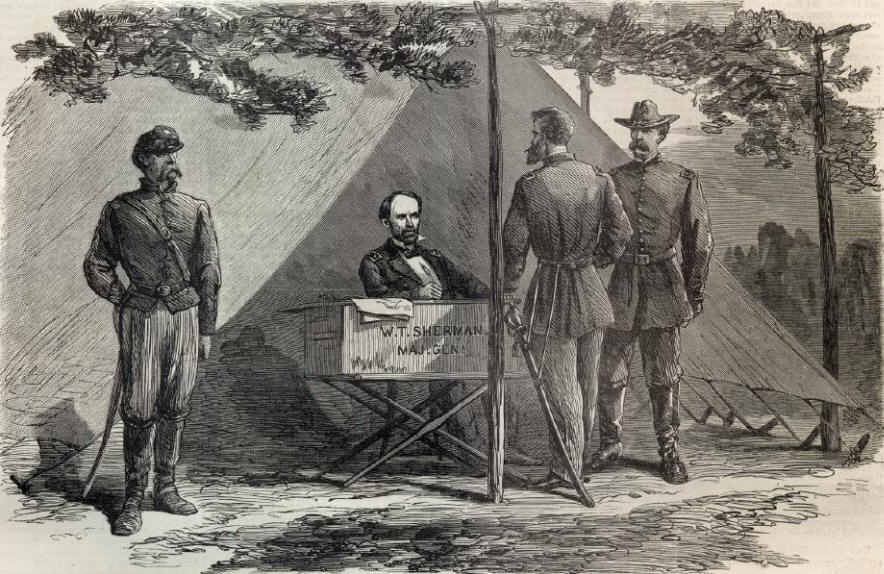 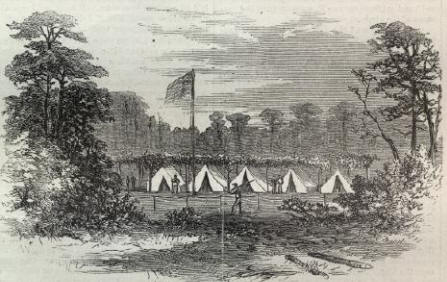 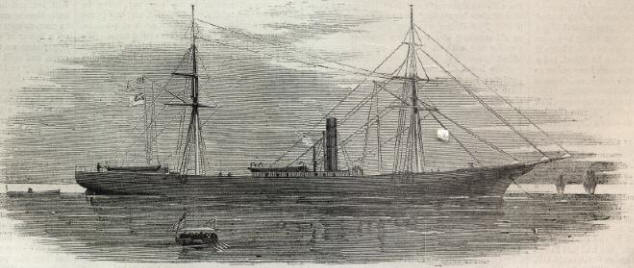 |
||||||||||||||||||||||
|
|
||
|
|
Site Copyright 2003-2018 Son of the South. For Questions or comments about this collection, contact paul@sonofthesouth.net |
|
|
Are you Scared and Confused? Read My Snake Story, a story of hope and encouragement, to help you face your fears. |
||
